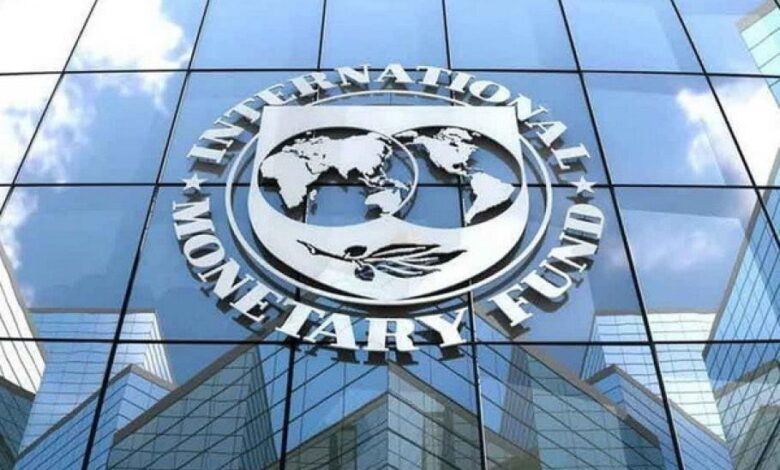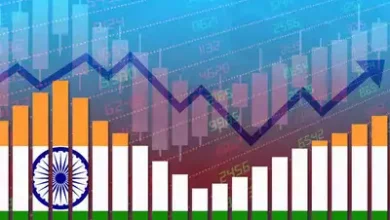IMF Projects India to grow at 9.5% in 2021 and 8.5% in 2022, after a 7.3% contraction due to Covid-19
In a yet another change by IMF in India’s economic projections, India is expected to grow at 9.5% instead of 11.5% from IMF’s previous projection, but yet ahead of the United States of America and China.

The International Monetary Fund (IMF) in its latest World Economic Outlook published on Tuesday predicted that India will grow at an astounding rate of 9.5% in 2021 and 8.5% in 2022.
India’s economy which had contracted by 7.3% due to the Covid-19 pandemic has seen multiple variations in reports regarding its economy. Earlier in January, IMF had projected that India would be the only major economy in the world expected to clock double-digit growth in 2021, but this was later downgraded due to devastating second wave of the Coronavirus in India.
India’s growth projection released by the latest World Economic Outlook remains unchanged from its previous WEO update of July this summer, but is a 3% point in 2021 and 1.6% point drop from its April projections.
However, India’s economy projections are still positive and healthy compared to the United States and China whose economy is projected to grow at 6% and 8% in 2021 respectively. However, it should be noted that the India’s projections rates are slowly declining due to long lasting effect of the second wave.
Gita Gopinath, Chief Economist of the IMF, said that compared to their July forecast, the global growth projection for 2021 has been revised down marginally to 5.9 per cent and is unchanged for 2022 at 4.9 per cent. However, this modest headline revision masks large downgrades for some countries.
The Indian-American economist said,”The outlook for the low-income developing country group has darkened considerably due to worsening pandemic dynamics. The downgrade also reflects more difficult near-term prospects for the advanced economy group, in part due to supply disruptions.”
“Partially offsetting these changes, projections for some commodity exporters have been upgraded on the back of rising commodity prices. Pandemic-related disruptions to contact-intensive sectors have caused the labour market recovery to significantly lag the output recovery in most countries,” she added.
Observing that the dangerous divergence in economic prospects across countries remains a major concern, she said aggregate output for the advanced economy group is expected to regain its pre-pandemic trend path in 2022 and exceed it by 0.9 per cent in 2024.
Noting that a principal common factor behind these complex challenges is the continued grip of the pandemic on global society, Gopinath said that the foremost policy priority is, therefore, to vaccinate at least 40 per cent of the population in every country by end-2021 and 70 per cent by mid-2022.
“This will require high-income countries to fulfil existing vaccine dose donation pledges, coordinate with manufacturers to prioritise deliveries to COVAX in the near-term and remove trade restrictions on the flow of vaccines and their inputs,” she remarked.
Getting a grip on climate change, Gopinath said that another urgent global priority is the need to slow the rise in global temperatures and contain the growing adverse effects of climate change.
However, it is important to know that Prime Minister Narendra Modi has reiterated several times that his government’s focus was always to save lives over the economy, and many important key initiatives like Aatmanirbhar Bharat were pushed forward in this pandemic. In fact, India is being hailed for finding a way to manage both lives and livelihood along with the economy at this time of a global pandemic.



